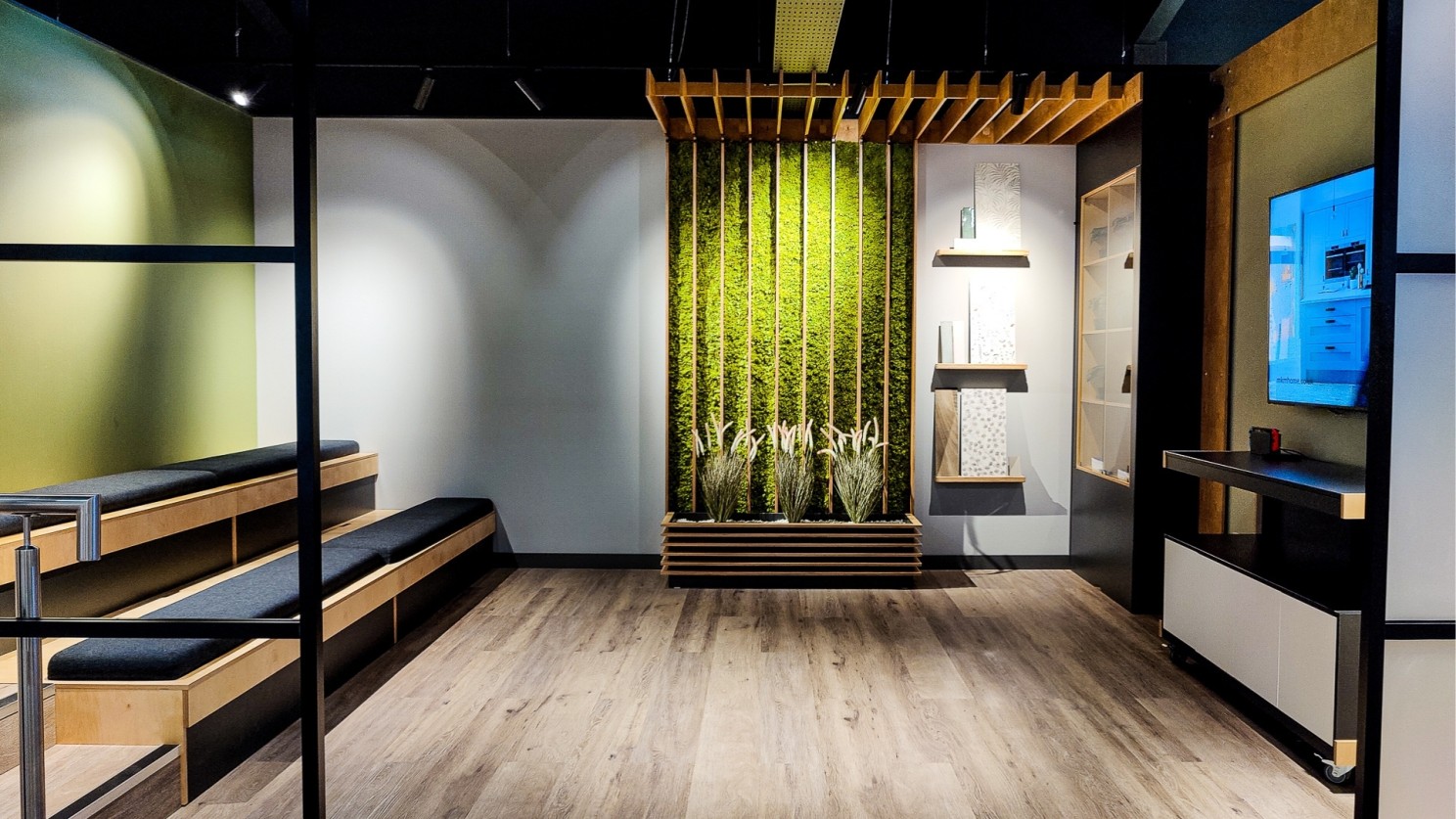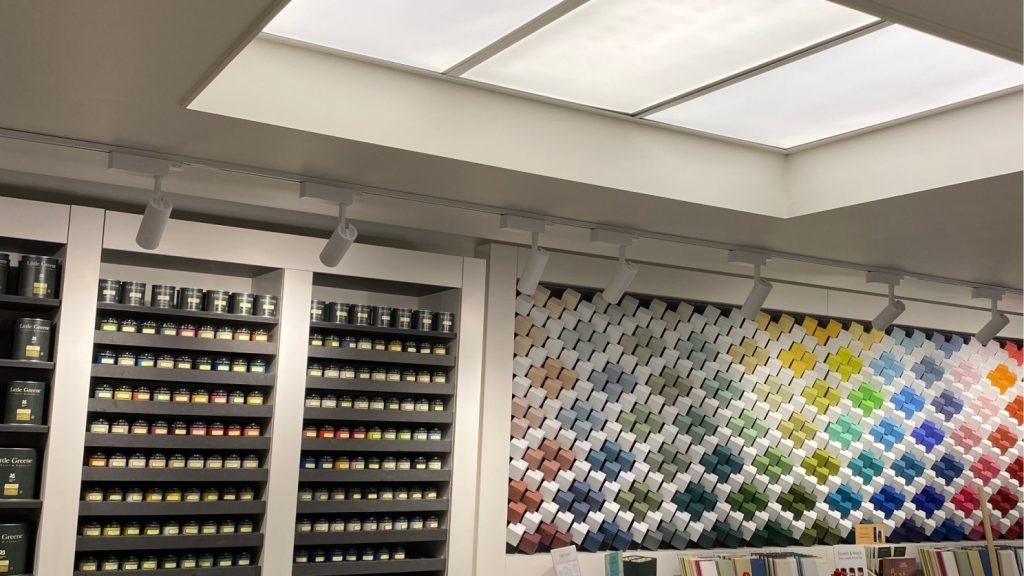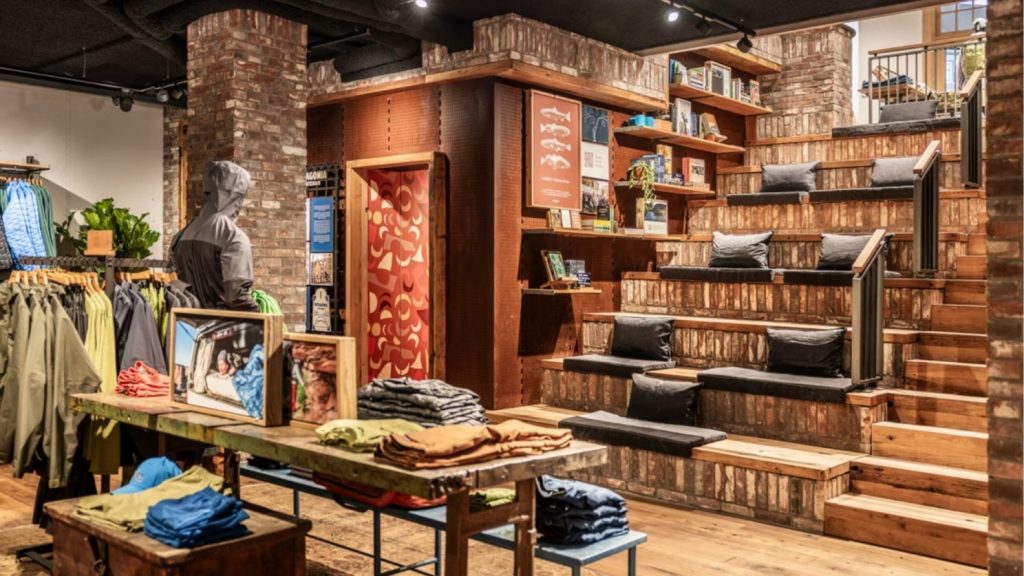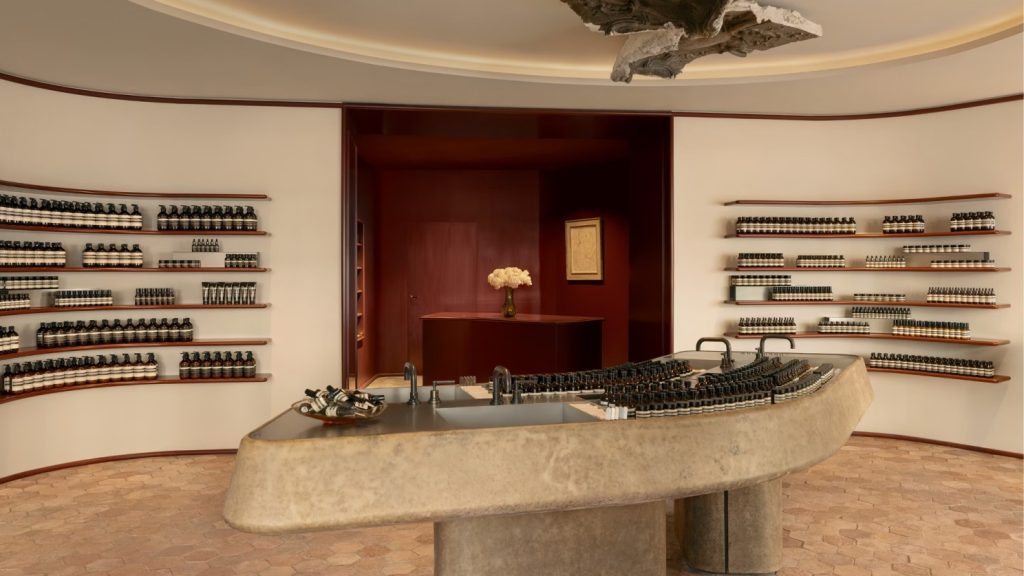Integrating Wellness into Retail Design

The fusion of wellness and shopping environments has become a pivotal strategy for engaging consumers and enhancing brand loyalty. By incorporating elements such as natural lighting, greenery, and dedicated break out spaces, retailers are transforming traditional stores into holistic, health-promoting environments. But why does this matter, and how can retail decision-makers leverage this trend?
Why Wellness in Retail Matters
Consumers today are more health-conscious than ever. With increasing awareness of mental and physical well-being, shoppers are gravitating toward spaces that not only offer products but also promote a sense of calm and rejuvenation. Studies show that retail environments designed with wellness in mind can increase dwell time, boost sales, and enhance customer satisfaction.
For retail directors, marketing teams, and visual merchandisers, this presents an opportunity to rethink the in-store experience. It's a pivot from a space being seen as purely transactional to an environment that aligns with modern wellness values.
Key Elements of Wellness-Focused Retail Design
1. Natural Lighting
Lighting plays a crucial role in shaping customer experiences. Exposure to natural light has been proven to improve mood and energy levels. Retailers like Apple and Lululemon strategically design their spaces with large windows and skylights to flood stores with daylight, creating inviting and energising atmospheres.
Tip: Incorporate large windows, light wells, or even daylight-simulating LEDs to maximise natural lighting throughout the store. Here's a skylight we designed into Little Greene's Wilmslow showroom that mimicked natural daylight, creating an authentic setting for customers to view the product.

Little Greene Showroom

Little Greene Showroom Skylight
2. Incorporating Greenery and Biophilic Design
Biophilic design—integrating natural elements into built environments—has become a hallmark of wellness-centric spaces. Living walls, indoor plants, and natural materials like wood and stone not only enhance aesthetics but also improve air quality and reduce stress.
Example: Ripple’s project for MKM Home features biophilic design, incorporating a lush green wall, wooden elements, and a warm, welcoming environment. This approach fosters a connection to nature and enhances the overall customer experience.

MKM Home Product Demonstration Area
3. Dedicated Relaxation Zones
Creating spaces where shoppers can pause and recharge adds an extra layer of care to the shopping experience. Comfortable seating areas, meditation corners, or even in-store cafes offering healthy options encourage longer visits and deeper brand engagement.
Example: Eileen Fisher’s stores integrate lounge areas with soft seating and calming décor, inviting customers to slow down and enjoy the environment. Plus the Brooklyn store even has a space outside where customers can relax with a cuppa!

Eileen Fisher Store Brooklyn
4. Sustainable Materials and Practices
Wellness isn’t just about the shopper—it extends to the planet. Using sustainable materials, energy-efficient lighting, and eco-friendly fixtures reflects a brand’s commitment to holistic well-being.
Insight: Patagonia’s stores prioritise reclaimed wood, recycled metal fixtures, and energy-efficient systems, reinforcing their brand ethos of environmental responsibility.

Patagonia Amsterdam Store
5. Sensory Engagement
Engaging all five senses can significantly enhance the in-store experience. Soft ambient music, subtle natural scents, and textured materials create a multi-sensory environment that promotes relaxation and well-being.
Example: Aesop’s stores are renowned for their curated scents and tactile product displays, creating an immersive sensory journey.

Patagonia Amsterdam StoreAesop Store Avenue des Ternes
The Business Benefits of Wellness Integration
Integrating wellness into retail design isn’t just good for customers—it’s good for business. Studies indicate that wellness-focused stores see:
- Increased dwell time: Shoppers linger longer in calming, comfortable environments.
- Higher sales conversions: Relaxed customers are more likely to make purchases.
- Enhanced brand loyalty: Stores that prioritise well-being foster deeper emotional connections.
Rethink Your Retail Space
By integrating elements like natural lighting, greenery, and relaxation areas, you can create spaces that not only drive sales but also nurture the well-being of your customers.
Consider how your store can evolve to meet the growing demand for wellness-centric environments.
Is it time to rethink your retail space?
More from the Retail Journal
Reach Us
Let’s start the conversation.

Greater Manchester OL4 2AB




.svg)
.svg)
.svg)
.svg)







.jpg)
